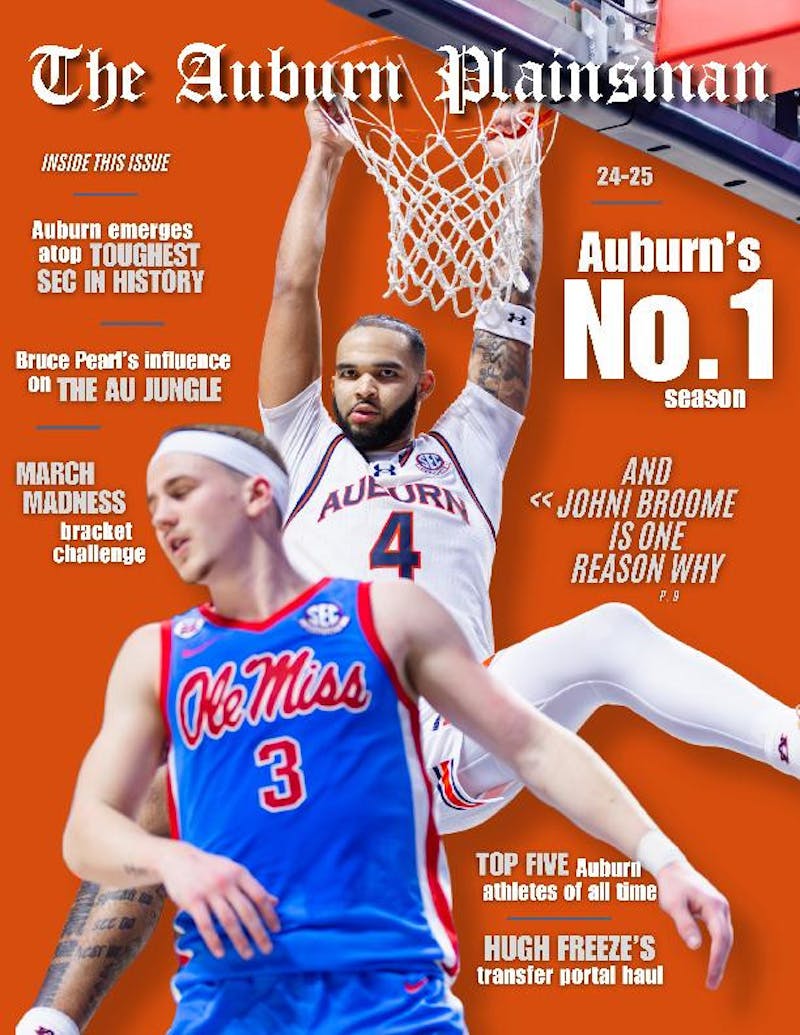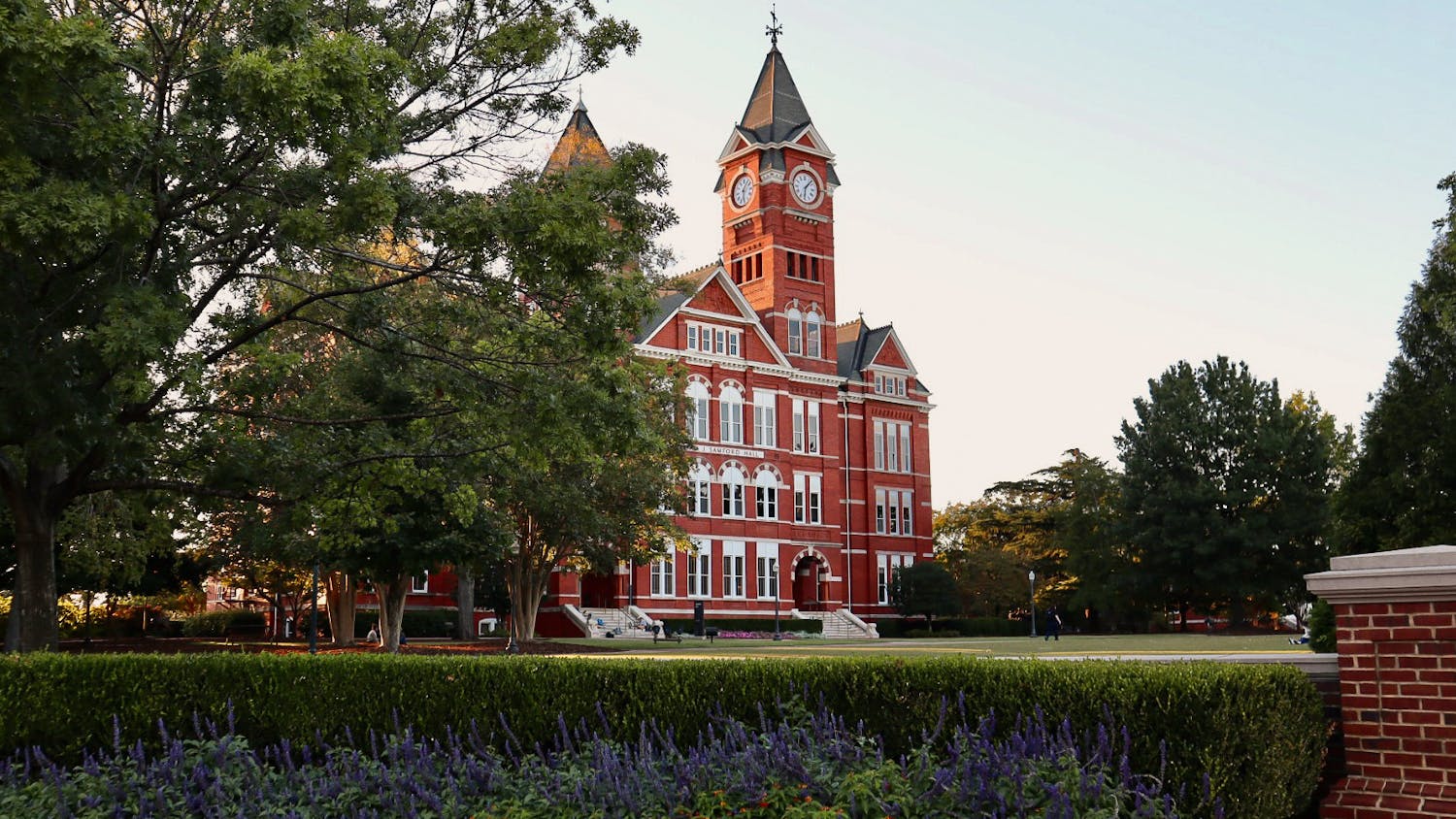When World War I is mentioned, images of soldiers battling it out in the trenches come to mind for many.
Although their introduction became a turning point in the war, the first military airmen and their aircrafts are usually neglected in people's knowledge of World War I.
Members of the Osher Lifelong Learning Institute at Auburn University and other guests recently reminded people of the war's top flying aces at one of the institute's summer Brown Bag Lunch programs at the Clarion Inn & Suites.
John Tidwell, longtime OLLI member and popular lecturer, gave a brief history of aviation's role in The Great War before entertaining those in attendance with stories of over a dozen of the war's famous airmen.
Tidwell said he first became interested in a lecture on this subject while doing online searches about World War I, which began almost 100 years ago.
"While reading and thinking about the terrible tragedy of 'The War to End All Wars,' I wondered what role aircraft played in the conflict," Tidwell said. "Most of us have limited our knowledge to trench warfare, and I think it's time for us to look at what happened in the air--who the heroes were, where they came from, what kind of training they had and who designed and developed the planes that were used by both sides."
Tidwell began his lecture with a quote from Orville Wright, who invented the airplane with his brother Wilbur in Kitty Hawk, N.C.
"The sky is about to become another battlefield that is no less important than the ones on land and sea," Wright said in 1909, just six years after the brothers' first successful flight. "We had better get accustomed to this idea and prepare ourselves."
Tidwell then turned his attention towards other military aircraft pioneers such as French icon Roland Garros, who came up with the idea for a metal propeller.
The lecturer received a lot of feedback from his audience when he talked about the United States' late involvement in the war. Thirteen months after American planes first arrived in Europe, the war was over.
"This is what brought World War I to a screeching halt," Tidwell said.
The main portion of Tidwell's lecture was on the flying aces, those airmen who shot down five or more enemy planes during the war. While Tidwell spent time on legendary aviators such as Germany's Manfred "The Red Baron" von Richthofen and England's Lanoe Hawker, he focused on Eddie Rickenbacker, America's top ace in WWI.
Rickenbacker, who was a mechanic and race car driver before entering the Army, had 26 aerial victories in the war. He was later awarded the Medal of Honor and became a consultant for the U.S. military in the next World War.
Two audience members noted Rickenbacker had a connection to the University. Former history professor David Lewis wrote a biography on Rickenbacker, and the University libraries--ranked third in the United States for aviation history--have a large amount of information on the late flying great.
Tidwell, who ended his lecture by answering several questions from the audience, said he was pleased with the feedback he received.
"I want to share this information that I am interested in--I'm not trying to show people how smart I may think I am," Tidwell said. "I want to stimulate (the audience) so much that they'll say, 'I've got to learn more.'"
OLLI will continue its Brown Bag Lunches July 15 and 22 with programs on the 20th anniversary of the University's Rural Studio and Philip Henry Gosse's Letters from Alabama.
The institute is a membership program mainly for those interested in continued learning during their retirement years, but there are not any age or academic requirements to join.
For more information about OLLI or the remaining Brown Bag Lunch Programs, contact Linda Shook at 334-844-3105 or email olli@auburn.edu.
Do you like this story? The Plainsman doesn't accept money from tuition or student fees, and we don't charge a subscription fee. But you can donate to support The Plainsman.





